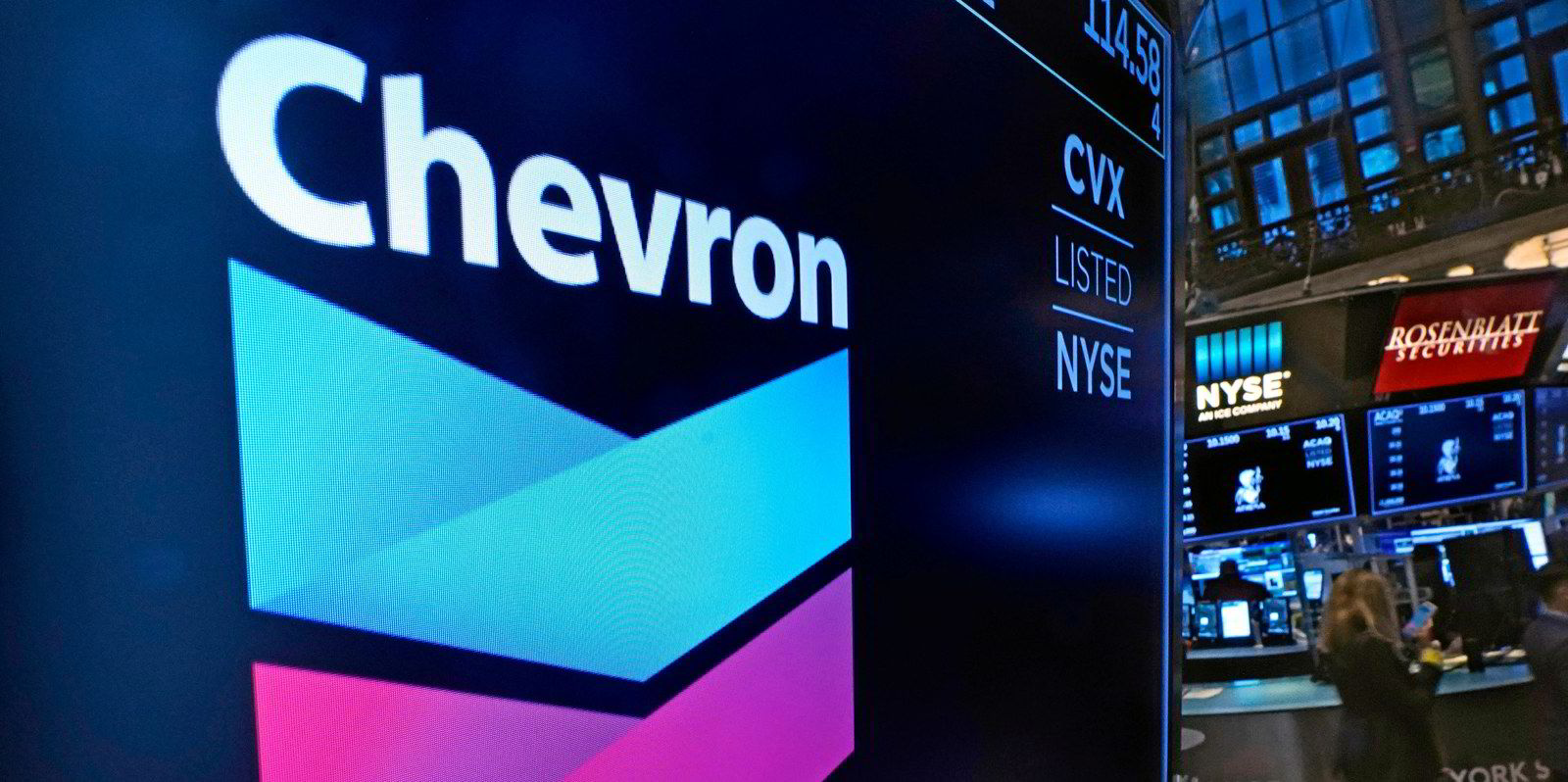
The companies will pursue a joint study of an end-to-end project covering production, storage, distribution, and export of hydrogen and ammonia. Since the project will explore both green and blue hydrogen, the companies will also look at carbon capture and storage possibilities in the region.
“Across the value chain, collaborations are critical to developing a hydrogen ecosystem, and this is an example of bringing together leaders in the space to explore lower carbon hydrogen opportunities and to contribute complementary expertise,” said Austin Knight, vice president of hydrogen at Chevron New Energies.
“We are seeking to accelerate the deployment of lower carbon solutions and believe companies like Chevron can help bring the capabilities needed to make this a reality.”
Chevron did not specify a location for the study along the Gulf Coast, but the company told Upstream it is evaluating the use of hydrogen in industries dependent on combustible fuels, including shipping, power generation, light and heavy-duty vehicles, ammonia and petrochemicals.
“The Gulf Coast is the ideal location to model hydrogen and carbon capture technologies as immediate pathways to decarbonizing hard-to-abate sectors,” said Adam Peters, chief executive of Air Liquide North America.
If the project is developed, it would leverage regional pipeline infrastructure to supply local industrial clusters. Ammonia could also be exported to Europe and the Asia Pacific region.